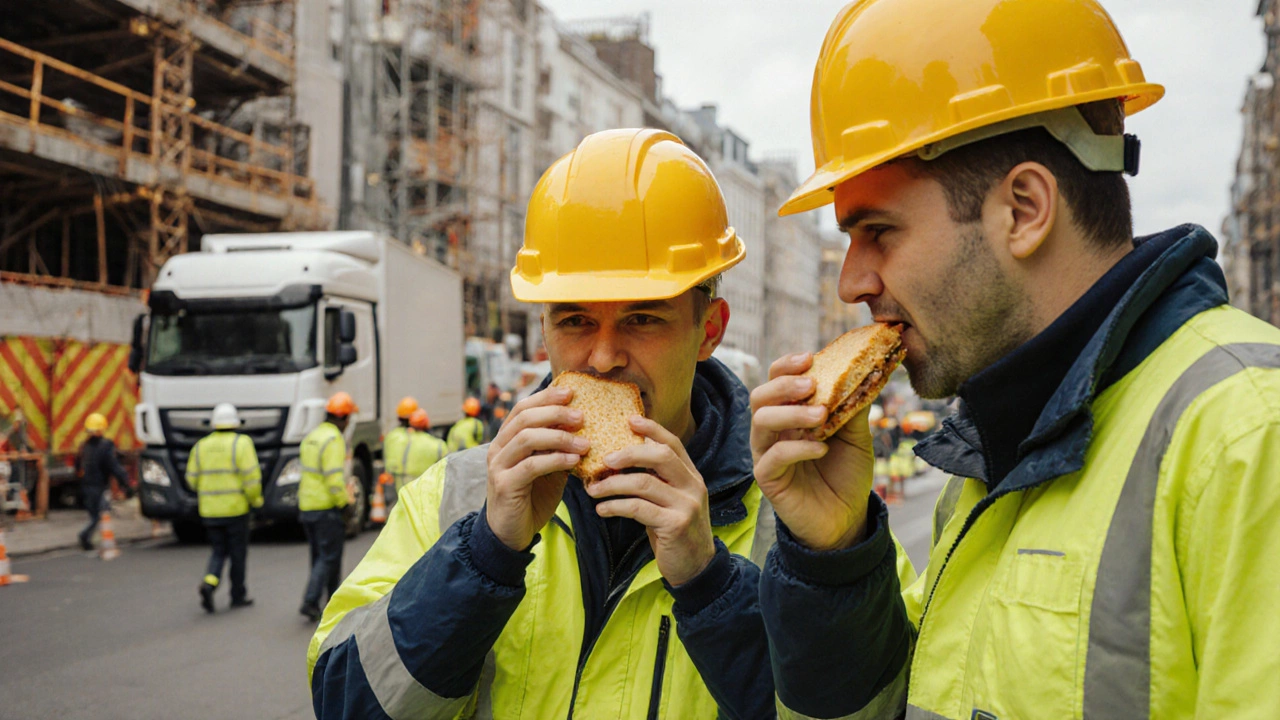2024 General Election: Your Quick Guide
So the 2024 General Election is just around the corner and you’re probably wondering what’s happening, when to vote, and why it matters. No need to drown in political jargon—this guide breaks it down in plain English so you can feel ready on polling day.
Key Dates and How to Vote
The election campaign officially kicks off in early May and the vote is set for Thursday, 7 July 2024. If you’re registered to vote, you’ll get a poll card in the mail a couple of weeks before the day. That card tells you where your local voting station is and the hours it will be open (usually 7 am to 10 pm).
Can’t make it to the polling station? You have two options: apply for a postal vote or request an afternoon voting slot at your local office. Both need to be set up at least 11 days before the election, so mark your calendar and get the paperwork in early.
When you get to the booth, you’ll see a ballot paper with the names of the candidates for your constituency. It’s a simple process: mark an ‘X’ next to the person you want, fold the paper, and drop it in the box. No fancy tech, just a piece of paper and a box.
What the Main Parties Stand For
There are three big parties that dominate most seats. The Labour Party is pushing for higher public spending on health, education, and green jobs. They want to raise taxes on the highest earners to fund those programmes.
The Conservative Party is focused on keeping taxes low, boosting business growth, and rolling back some regulations they say hold the economy back. They’re also promising to tighten immigration rules.
The Liberal Democrats are betting on a strong push for electoral reform, more funding for schools, and a clear plan to reach net‑zero carbon emissions by 2035. They position themselves as a centrist alternative if you’re not sold on the other two.
Besides those, there are several regional and smaller parties that could swing the result in close seats. If you live in Scotland, Wales, or Northern Ireland, you’ll see parties like the SNP, Plaid Cymru, or the DUP on the ballot.
Why does any of this matter? The party that wins the most seats forms the government and decides the direction of the country for the next five years. Policies on jobs, taxes, the NHS, and climate change all stem from the election outcome.
Keeping up with the debate doesn’t have to be a full‑time job. Tune in to a local news channel, read a trusted newspaper, or follow a few reliable social‑media accounts that summarise the weekly highlights. Most websites also offer a simple quiz that matches your priorities with the parties’ platforms—quick and useful.
Finally, remember that every vote counts. In past elections, tight races have been decided by fewer than a hundred votes in some constituencies. Your ballot could be the one that tips the balance.
So, check your registration, note the key dates, pick a party that lines up with what you care about, and head to the poll on 7 July. That’s all it takes to have a say in the country’s future.
UK Voter ID Campaign Rolls Out Ahead of Historic 2024 General Election
The Electoral Commission launched a massive multi‑platform push to alert voters that photo ID will be required for the first time nationwide in the 2024 UK general election. Bright sticky‑note billboards, gaming ads, and a free Voter Authority Certificate were central to the effort. Targeted messaging aimed at young people, ethnic minorities and other groups tried to close the remaining awareness gap, especially in Scotland.



